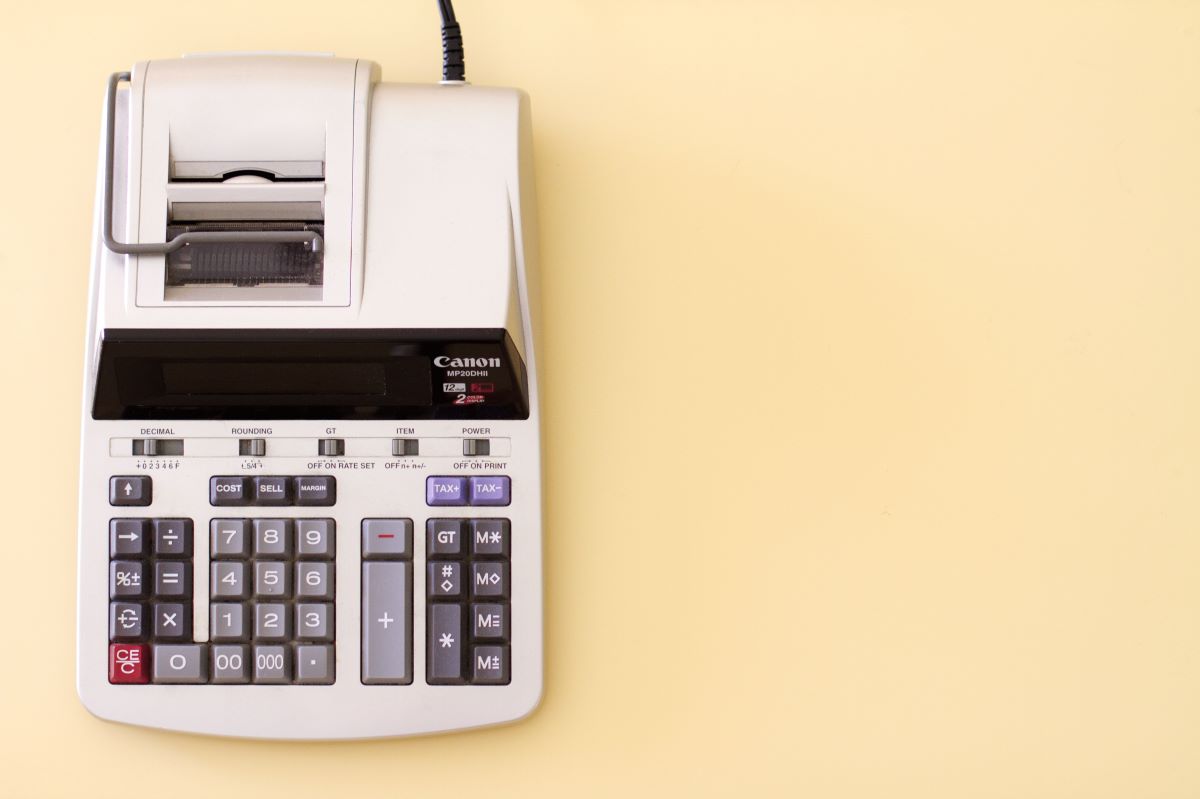
Cost-plus pricing is a form of pricing where you calculate the retail price of an item by adding a fixed percentage of the cost price to the cost price (aka ‘markup’).
Let's work through some examples of how this looks in practice, and when it's a good pricing method to choose.
📚 Bookmark for later: Markup vs Margin: What’s the Difference?
A cost-plus pricing example
That might sound like a bit of a tongue twister, so it’s probably easier for us to demonstrate with an example:
- A candle costs £10 to make (including the direct labour costs, material costs, and a proportional share of the business overheads)
- We apply a markup of 50% to find the retail price, which is equivalent to £5 (50% of £10)
- The retail price of the candle is £15
Make it even easier by using our markup calculator to apply a set markup to your cost price.
What are the pros and cons of cost-plus pricing?
Advantages of cost-plus pricing
- It’s easy and predictable
- It stops you from undervaluing your products (margin for error)
- It sets you up for wholesale
Disadvantages of cost-plus pricing
- It makes smaller brands less price competitive
- It removes the incentive to make your operations more efficient
- It ignores your competitive landscape
- It’s not a good strategy for undifferentiated products
Thoughts on pricing for independent brands and product businesses
1. Cost-plus pricing is probably a good place to start
Cost-pricing isn’t perfect; you’ve seen the potential disadvantages laid out above.
But honestly? We think it’s a good place to start. When creating your business plan, using cost-plus pricing with a 50% markup will quickly give you an indication of whether you have a viable business on your hands.
It’s also easy to apply to multiple different products at once, standardising your pricing and saving you time.
2. It sets you up well to sell wholesale later
When you start selling wholesale, your stockists will evaluate your products in terms of margin and markup. If there’s not a big enough slice in it for them, they’re unlikely to take your products on. If you’re working with cost-plus pricing from the start, it’s easier to start selling wholesale.
3. But pay attention to how elastic your products are
We said cost-plus pricing is a good place to start (provided you have a differentiated product). But is it a good method to stick with?
Part of this comes down to how elastic your products are, by which we mean how much the demand for them is affected by external factors.
For products that are very elastic, price changes are more likely to affect the quantity you sell. And there’ll come a tipping point where this makes it worth dropping the price.
Let’s work through an example.
|
Markup Percentage |
50% |
40% |
|
Cost Price |
£10 |
£10 |
|
Retail Price |
£15 |
£14 |
|
Number of Sales |
100 |
130 |
|
Total Revenue |
£1500 |
£1820 |
|
Net Profit |
£500 |
£520 |
As a side note: this breakdown should be a reminder of just how many extra sales you need to make to accommodate for what might feel like quite a small drop in markup. This is something many brands don’t fully take into account when they offer things like a 10% welcome discount.
Let’s flip this example on its head. Instead of asking yourself how many sales you’d gain if you lowered your markup (and therefore your price), model how much extra you could make if you raised the price of your products by a relatively small amount. Don’t get drawn into a race to the bottom!
As you can see from these musings, there’s no clean-cut answer; pricing is something you need to refine over time according to your own data and business objectives.
4. You don’t have to price all your products using the same markup, or even the same strategy
If you go with a cost-plus pricing strategy, you don’t need to apply a blanket markup to all of your products.
Most brands selling multiple products have their ‘pull products’; the product they’re best known for, and that people come directly to them for.
5. Never stop pushing for efficiency — no matter which pricing strategy you use
In the worked example above, we’ve assumed your cost price would stay the same for simplicity. But ultimately, when you start selling more products over a sustained period of time, you start feeling the benefits of scale: more efficient operations, a lower share of overheads per product, and better deals with your suppliers (because you’re buying in larger quantities).
So one way to become more efficient is to… sell more products. A catch-22, perhaps. But whatever your pricing strategy, always be pushing to lower your cost price by making your operations more efficient. The benefits of a small time or financial investment here will compound with every product sold.
FAQs
How would you work out cost-plus pricing for a 50% markup?
Take the whole cost price, and add 50% of the cost price to this to find your retail price:
Cost price + (cost price / 2) = retail price, or cost price x 1.5 = retail price.
Are markup and margin the same?
Not quite. They both cover the same thing (the gap between the retail price and the cost price), and both are typically expressed as a percentage. But they approach it from different sides.
- Margin shows how much lower the cost price is than the retail price, expressed as a percentage.
- Markup shows how much higher the retail price is than the cost price, expressed as a percentage.
This is easier to get your head around when you have a real life example to see in front of you. Head to our post on margin vs markup, where we’ve added a calculator to help you see exactly this.
What kind of markup do retailers expect when sourcing products?
You should aim for a 50% markup (between your wholesale price and the retail price) to keep your products competitive — although many retailers will be looking for a larger markup than this.








